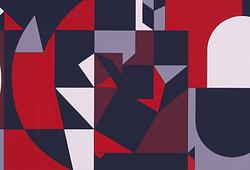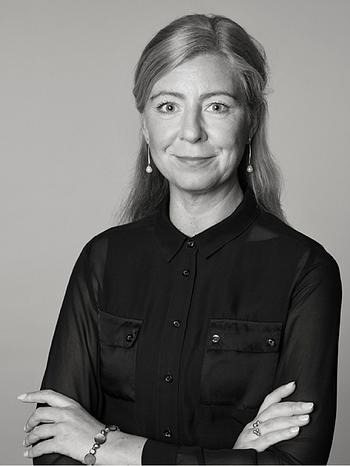Carl Milles
"Europa och tjuren" (Europa and the bull)
Painted/marbled plaster. Height 80 cm (including loose stone base 82 cm), length 63 cm.
Alkuperä - Provenienssi
The collections of art historian Carl G. Laurin, Stockholm; by descent within the family.
Kirjallisuus
M.P. Verneuil, "Carl Milles. Sculpteur suédois", 1929, compare pp. 52-54.
Henrik Cornell, "Milles skönhetsvärld", 1957, compare p. 70-75 no 13-17.
Henrik Cornell, "Carl Milles", SAK, 1963, compare p. 54-62.
Meyric R. Rogers, "Carl Milles. An interpretation of his work", 1973, compare p. 24-25, plate 33-37.
Erik Näslund, "Carl Milles. En biopgrafi", 1991, compare p. 192-195.
Muut tiedot
In 1921 already, Milles was commissioned to create a city fountain for the main square in Halmstad. Halmstad had received funds for a fountain sculpture through a donation, and a competition was announced. The submitted entries did not meet the standards, so the authorities turned directly to Milles. The choice of subject was clear to Milles early on, as he wrote to his wife Olga in June 1921: "The gentlemen of Halmstad were very pleased with the Tritonbrunn (Trition Fountain) with Europa and Tjuren (Europa and the Bull) ." However, it took five years before he was satisfied with the final execution, and the monumental fountain "Europa och Tjuren” (Europa and the Bull) was installed. Milles drew inspiration for the subject from ancient mythology—the Phoenician princess Europa was abducted over the sea by the god Zeus, who had transformed into a bull. In the sculpture group "Europa och Tjuren” (Europa and the Bull), originally intended to be viewed from the long sides, Milles captured the contrast between the heavy, powerful bull and the graceful, hovering female figure, between masculine strength and feminine charm.





































































